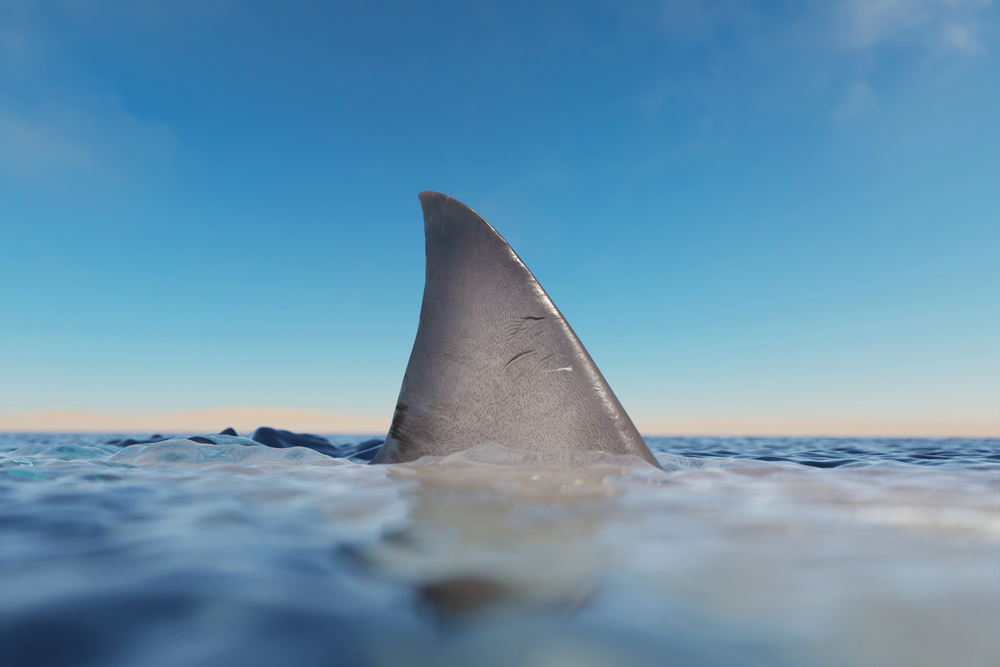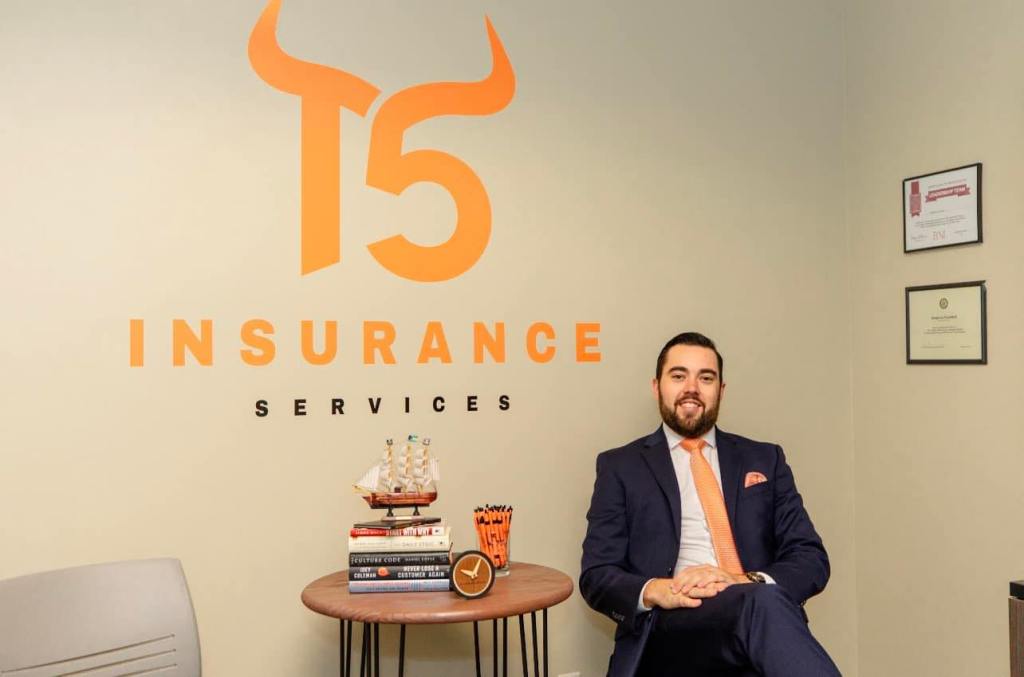CGL Contractual Liability: Railroad Protective Liability 101

By: Bill Wilson
The ISO commercial general liability policy defines “insured contract” to include “any easements or license agreement, except in connection with construction or demolition operations on or within 50 feet of a railroad.”
Q: “A municipality hires a contractor to install a pipe under a railroad. If an incident occurs that is not a part of, or caused by, construction or demolition operations on or within 50 feet of a railroad, is there CGL coverage? Is there an endorsement or ISO coverage form that will delete the ‘within 50 feet of a railroad’ exclusion for construction and/or demolition? If an incident occurs that does not fall under contractual liability and or an ‘insured contract,’ does coverage apply? Under the railroad protective liability form, can the contractor and/or municipality be named as an additional insured?”
A: “The CGL policy does not exclude liability arising out of work performed near railroad tracks. There is no ‘railroad exclusion.’ The problem lies within the contractual liability exclusion and the definition of ‘insured contract.’
When a contractor is hired to perform work near a railroad track, they usually must obtain an easement agreement from the railroad before beginning the work. The agreement requires the contractor to hold the railroad harmless for liability arising out of the operations. That’s just contractual liability and thus covered by the definition of ‘insured contract,’ right?
It would be, if it weren’t for two exceptions to the definition. You’ll find one in the grant of contractual liability coverage for easement agreements, and the other in the provision regarding other contracts or agreements assuming the tort liability of another. Both exceptions refer to construction or demolition operations on or within 50 feet of a railroad, thus precluding contractual liability coverage for liability assumed under the agreements.
The railroad will require the contractor to provide evidence that such coverage has been secured on its behalf. There are two ways to do this:
- The CGL carrier may agree to remove these exceptions from the policy. The ISO standard endorsement CG 24 17 (Contractual Liability – Railroads) can accomplish this.
- You can sell a separate railroad protective liability policy to the contractor. This policy is written in the name of the railroad, and the contractor pays for it. The standard ISO form for this purpose is CG 00 35 (Railroad Protective Liability), but some insurers use their own form. There is no provision—or need—for additional insureds on this policy.
With either solution, keep in mind that if a claim against the railroad exceeds the limits of the CGL or railroad protective liability policy, the railroad will seek indemnification for the shortfall directly from the contractor under the agreement. It’s a good time to discuss higher liability limits.
David Surles is a Big “I” Virtual University faculty member.
This question was originally submitted by an agent through the VU’s Ask an Expert Service. Answers to other coverage questions are available on the VU website. If you need help accessing the website, email logon@iiaba.net to request login information.










